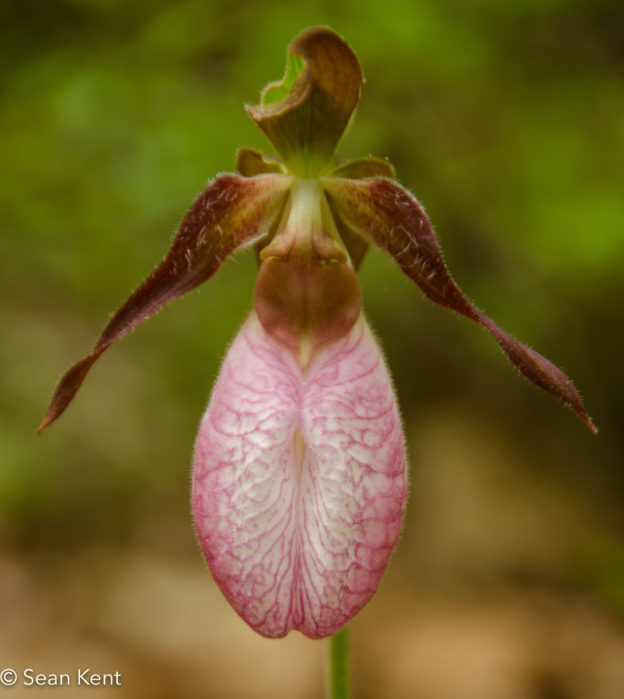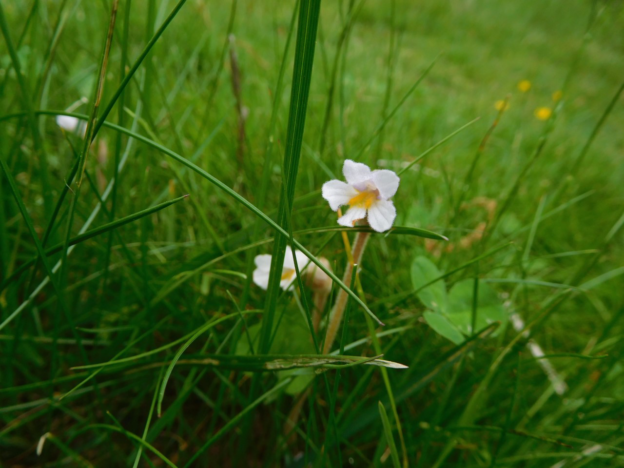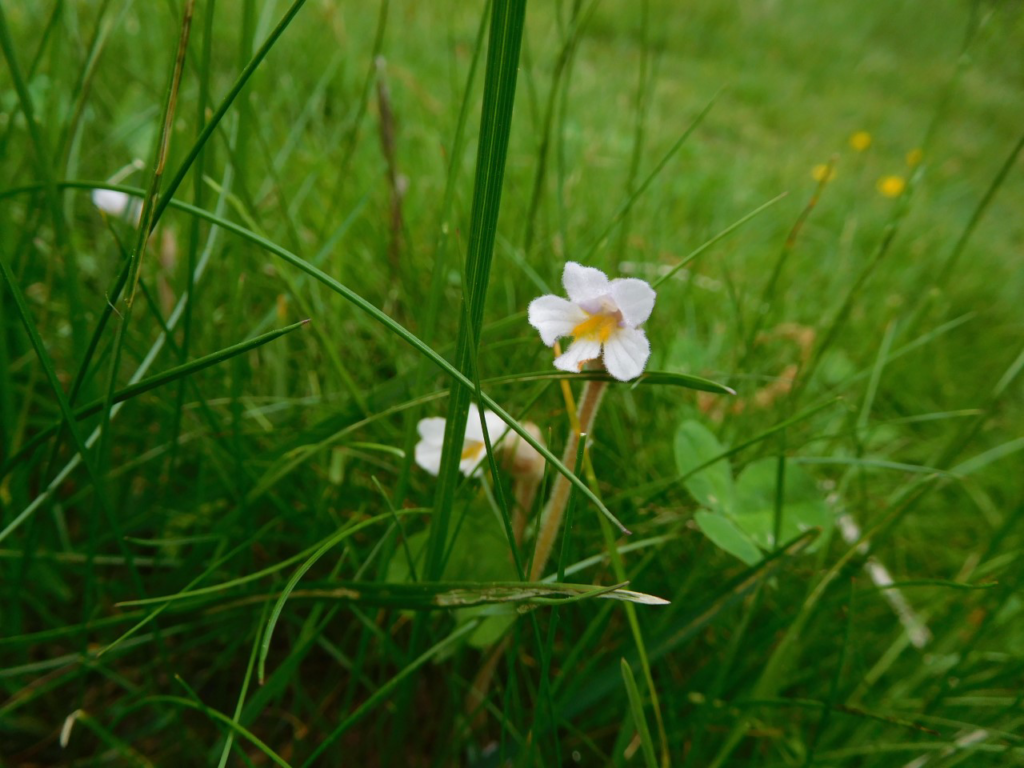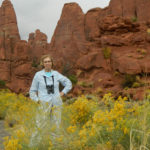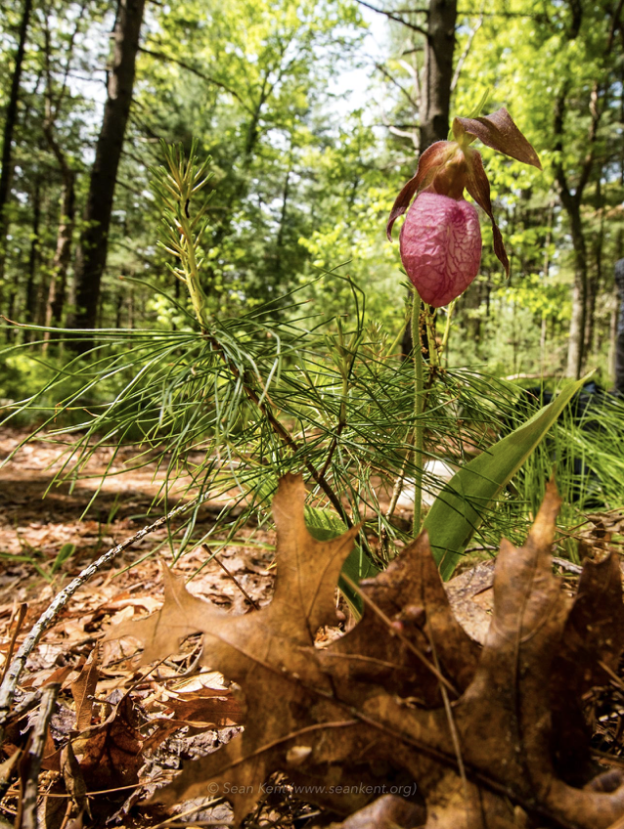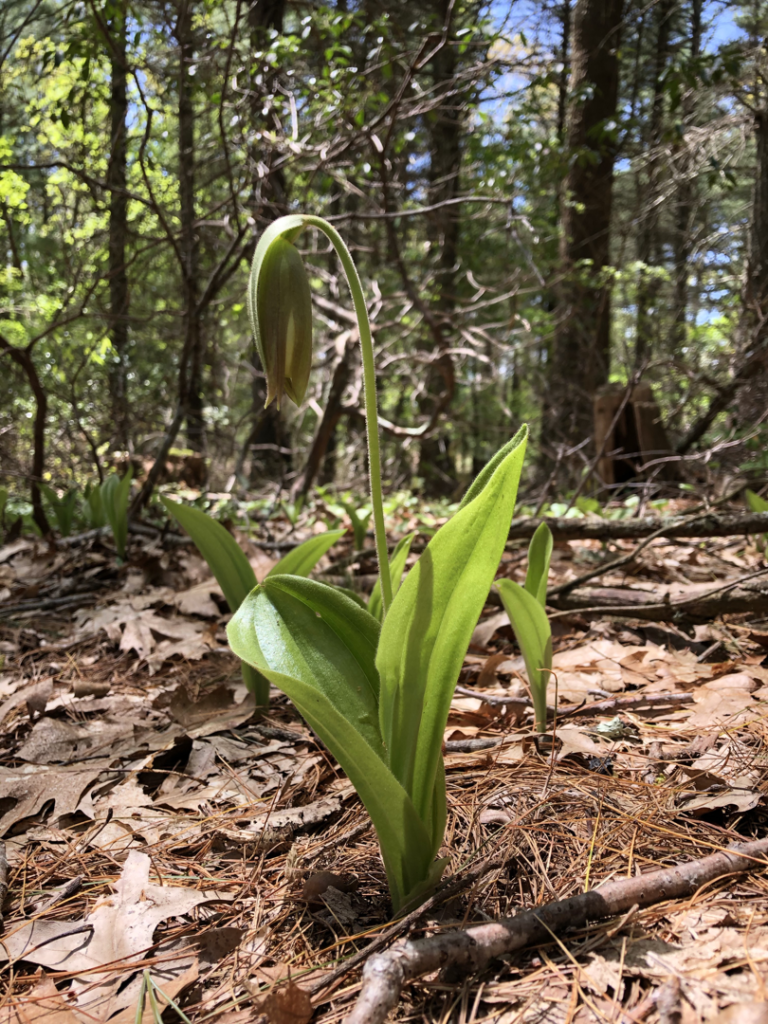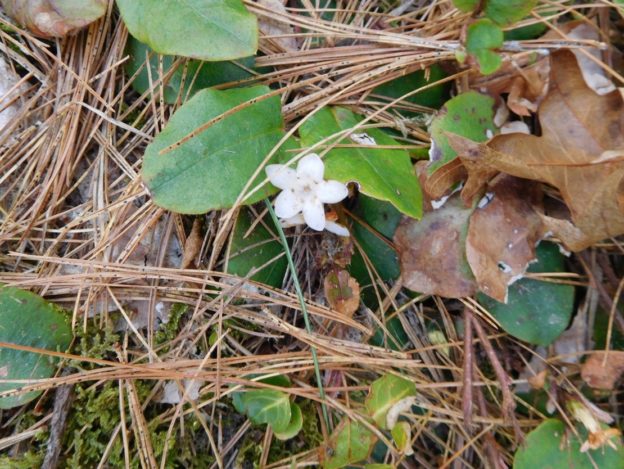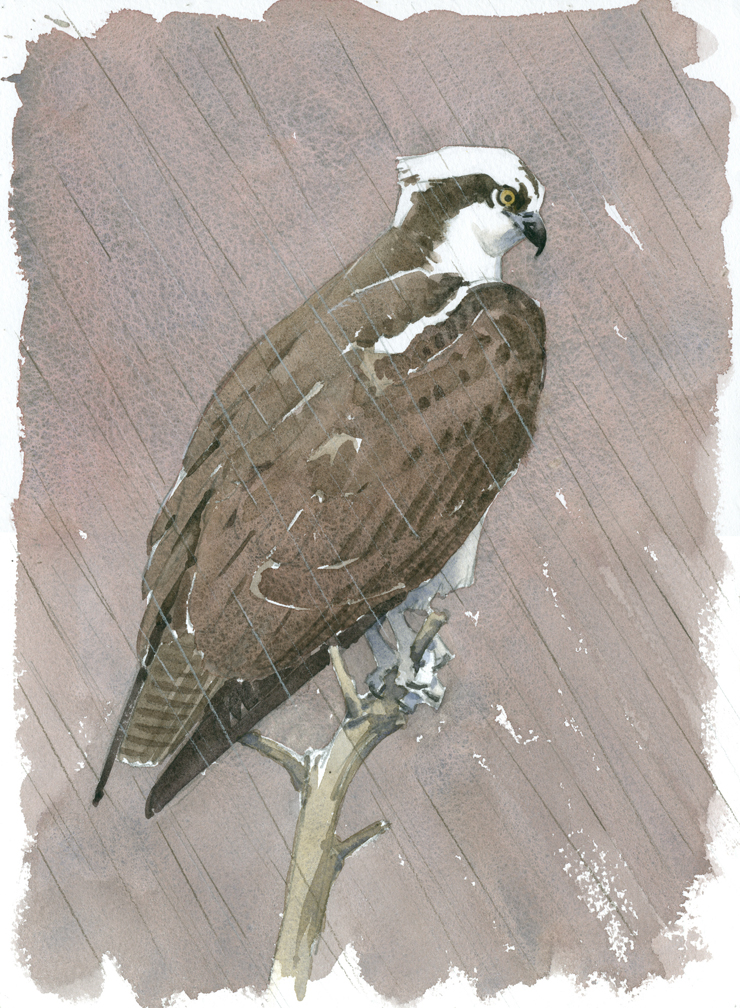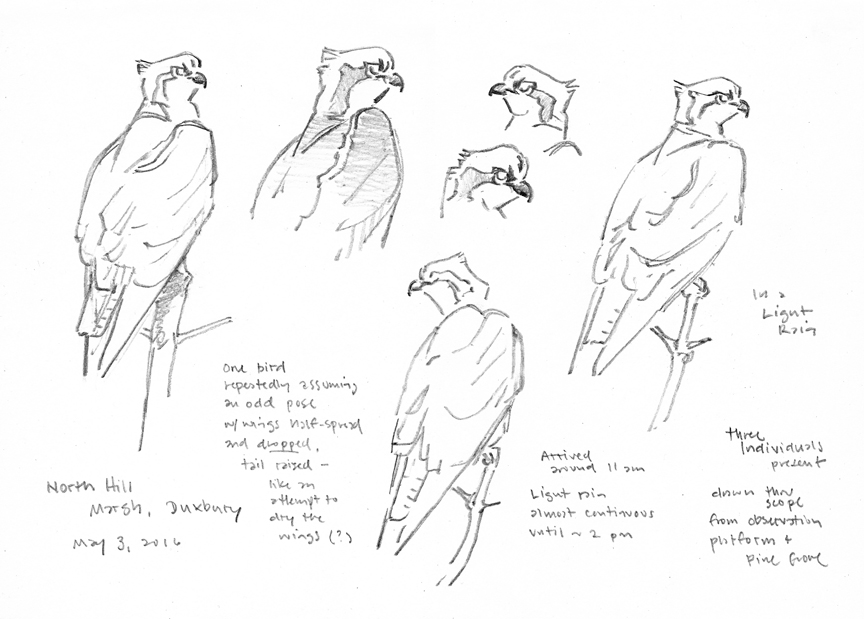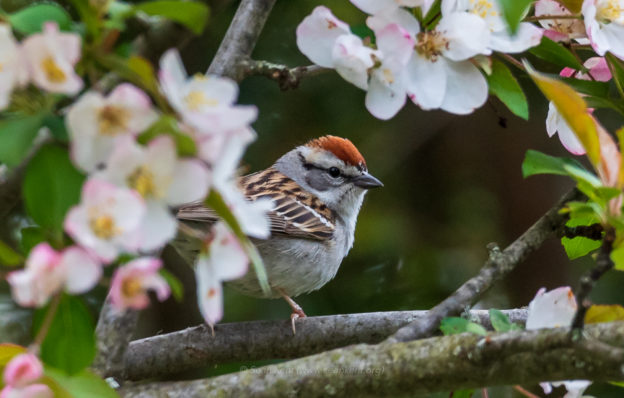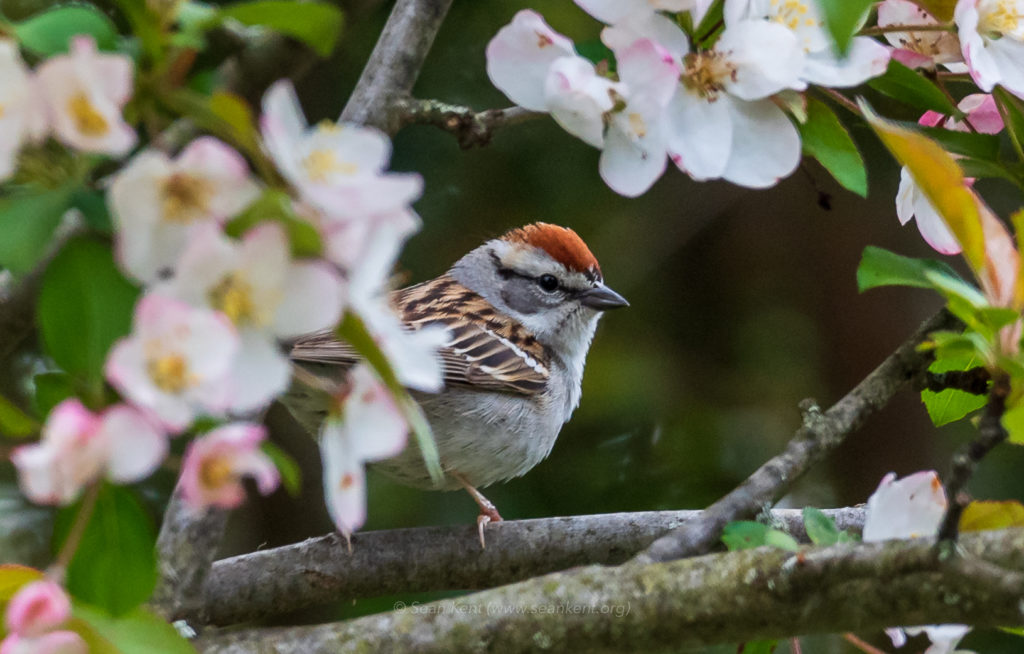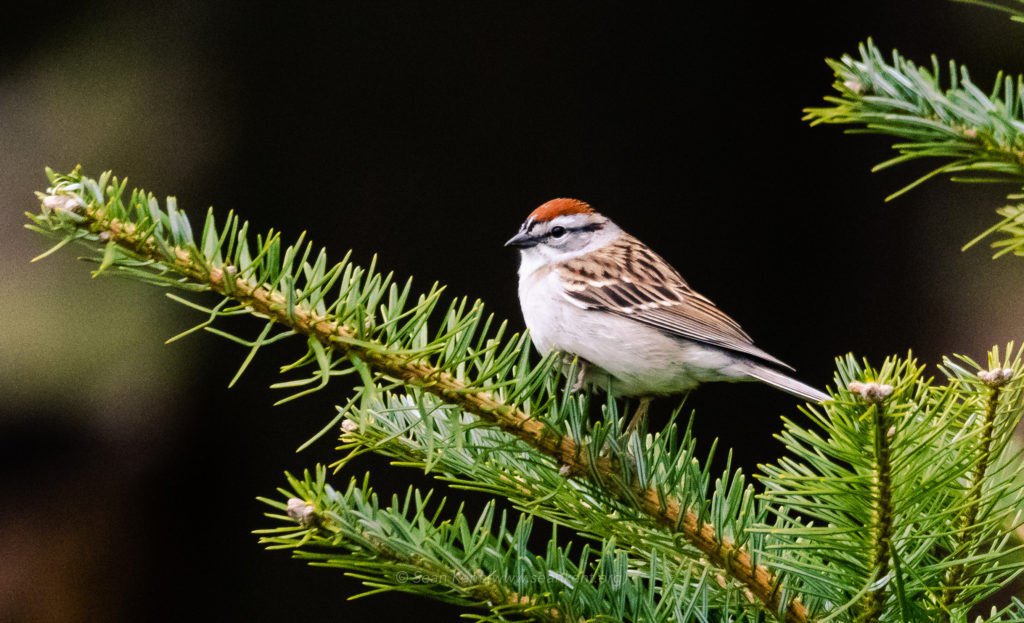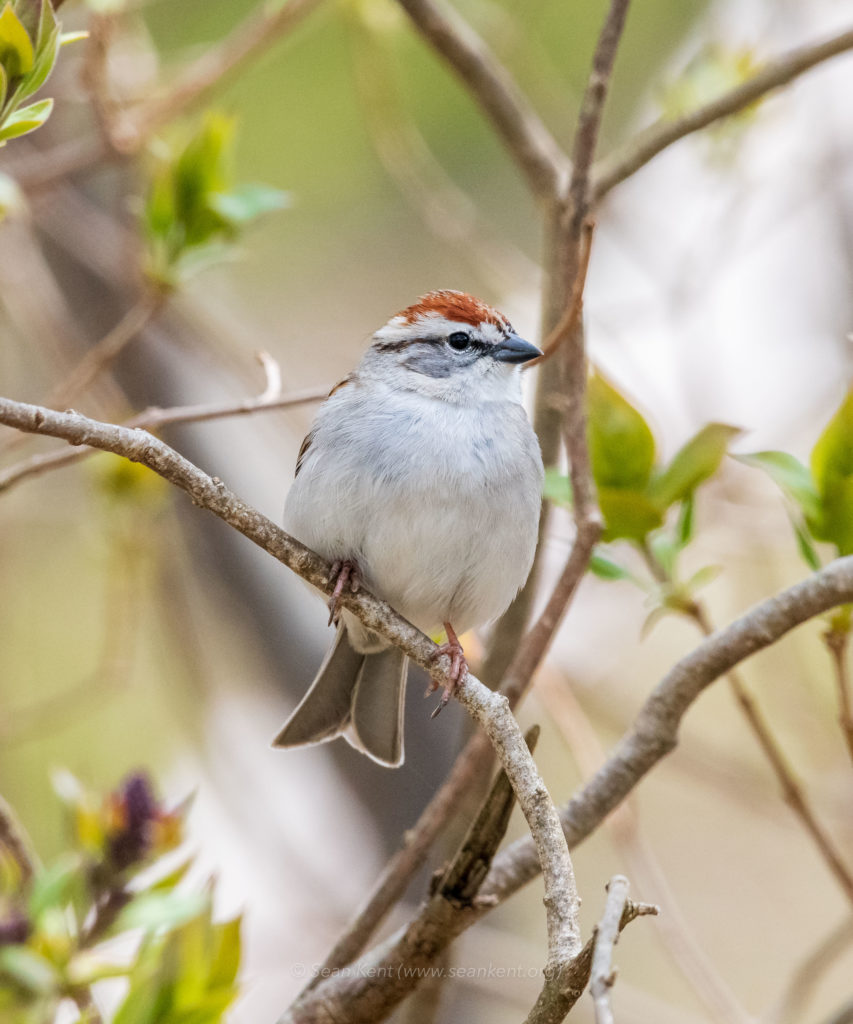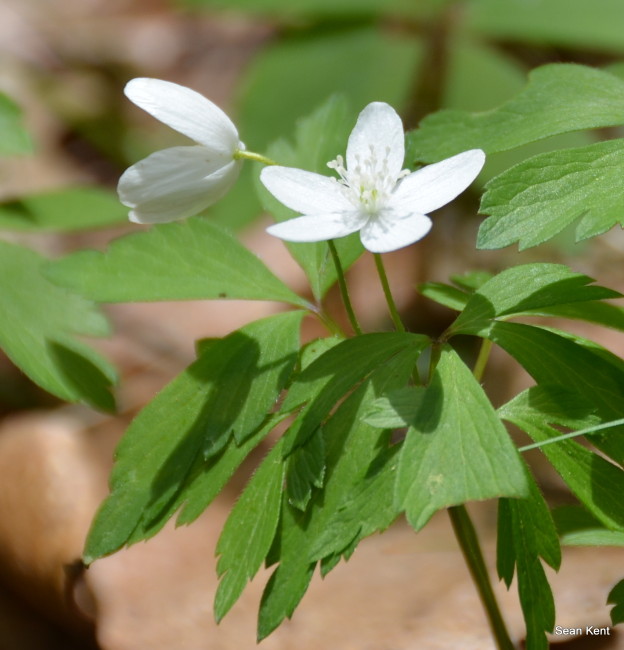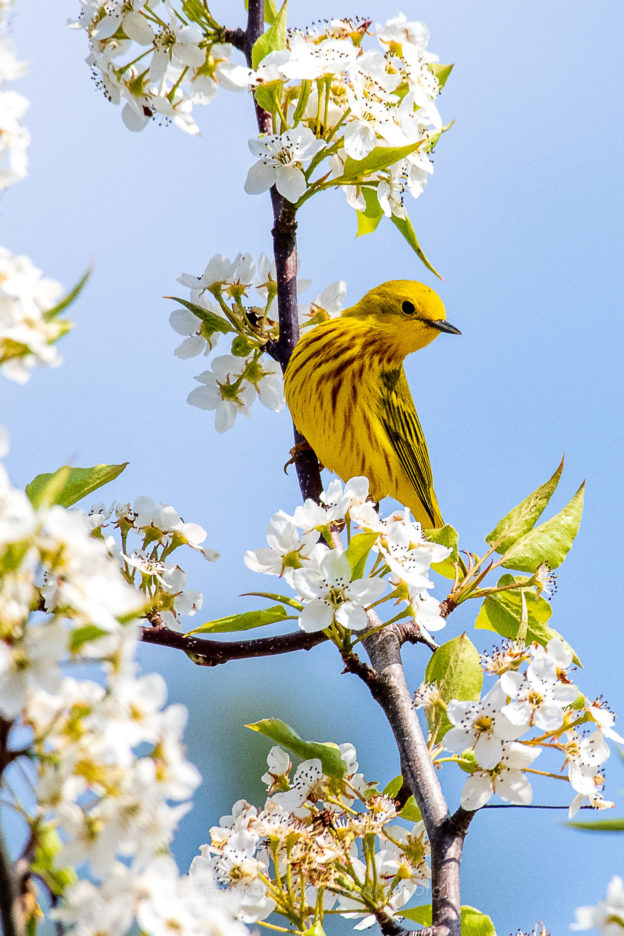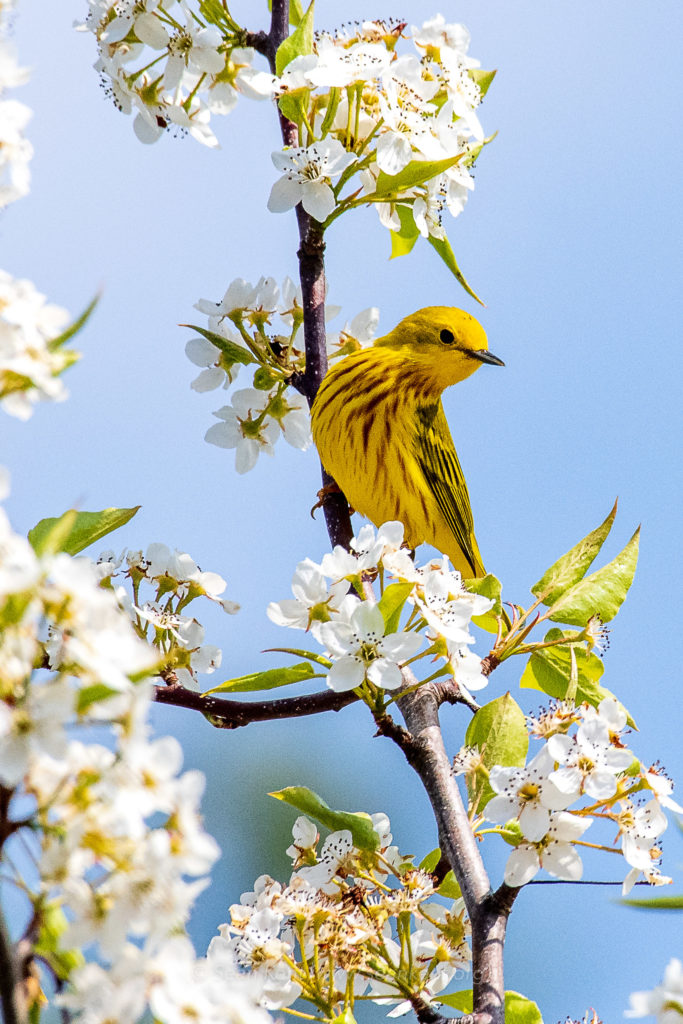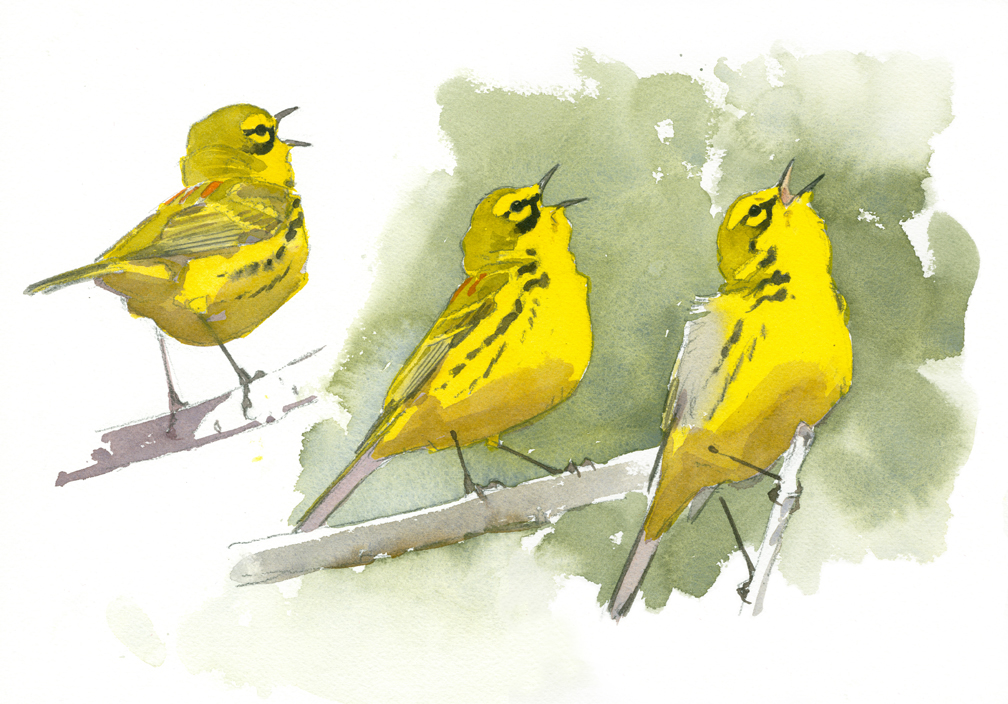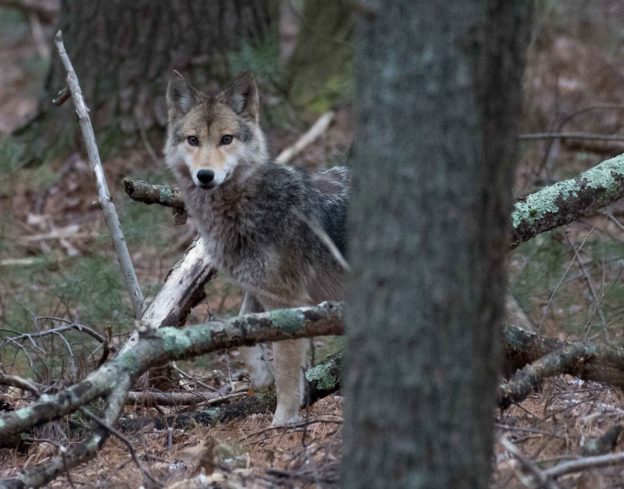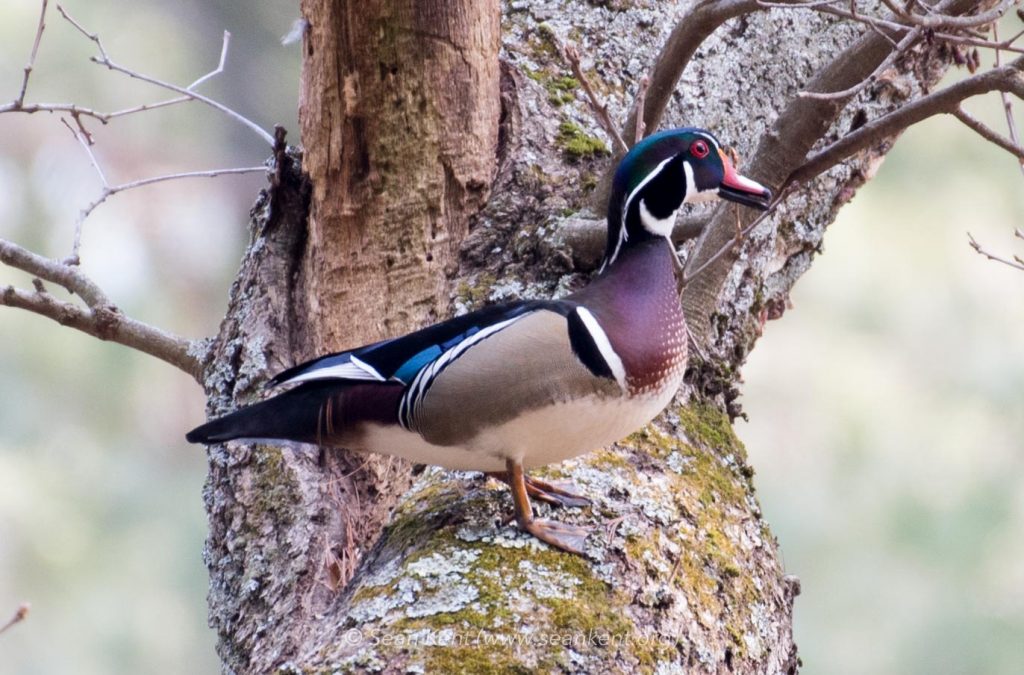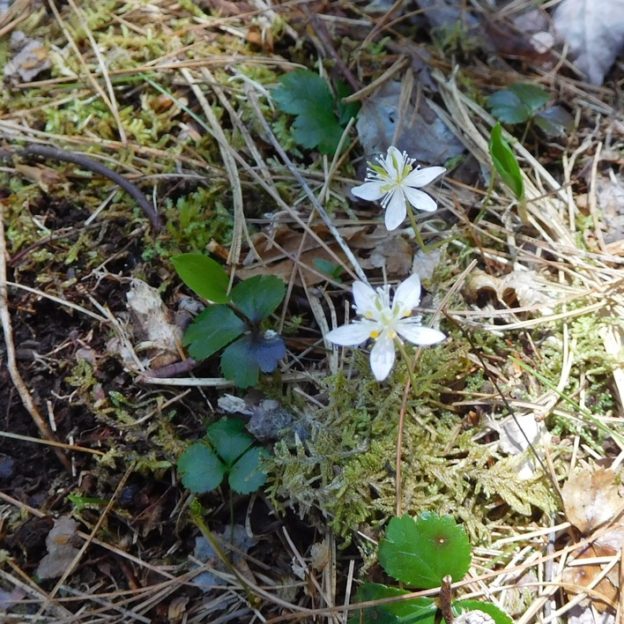SUPPORT OUR WORK and Donate to the Museum of American Bird Art
Pink Lady’s Slippers are blooming this week and next, especially in pine forests. Enjoy our latest Nature in a Minute blog post about Pink Lady’s Slippers.






Pink Lady’s Slipper Video from the University of Delaware
Lady Slipper Pollination
Enjoy this short video about pollination of lady slipper orchids. The lady slipper’s orchid is native to Europe, but this video shows how bees pollinator a lady slipper orchid and it is very similar to how the pink lady’s slipper is pollinated. If you are out for a walk and see large bumble bees – most likely queen bumblebees – flying around near pink lady slippers, take a few minutes to watch and see if the bumble bee flies into the slipper and has to maneuver out of the top of the orchid, it is a real treat to see this pollination in action.
Nature apps for your phone, tablet, or other device.
A nice article in the Boston Globe about 8 nature phone apps you can use when you go exploring.
Barry Van Dusen’s Blog Post about spring wildflowers, including Yellow lady slippers and other orchids.
High ledges wildlife sanctuary and paintings of yellow lady slippers.
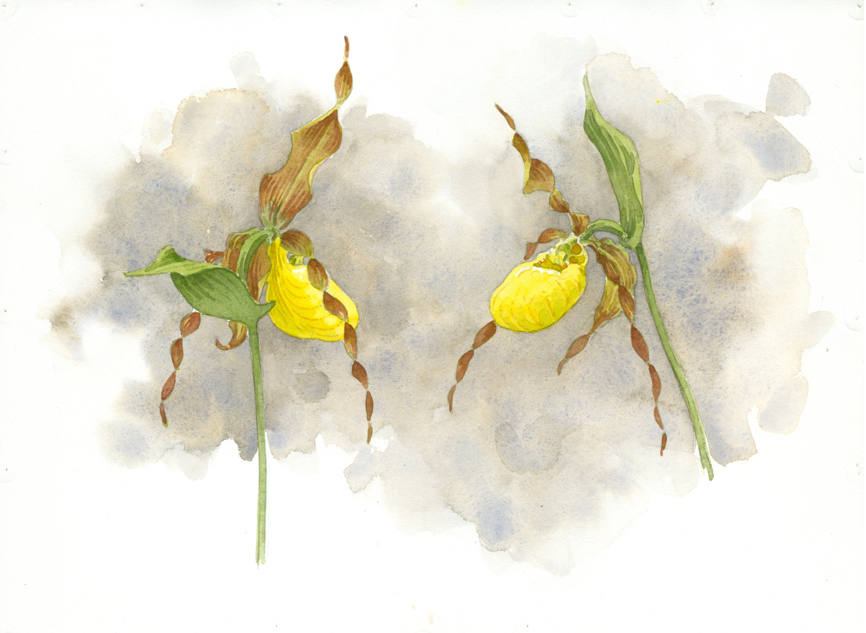
West mountain wildlife sanctuary and paintings of the purple fridge orchis.
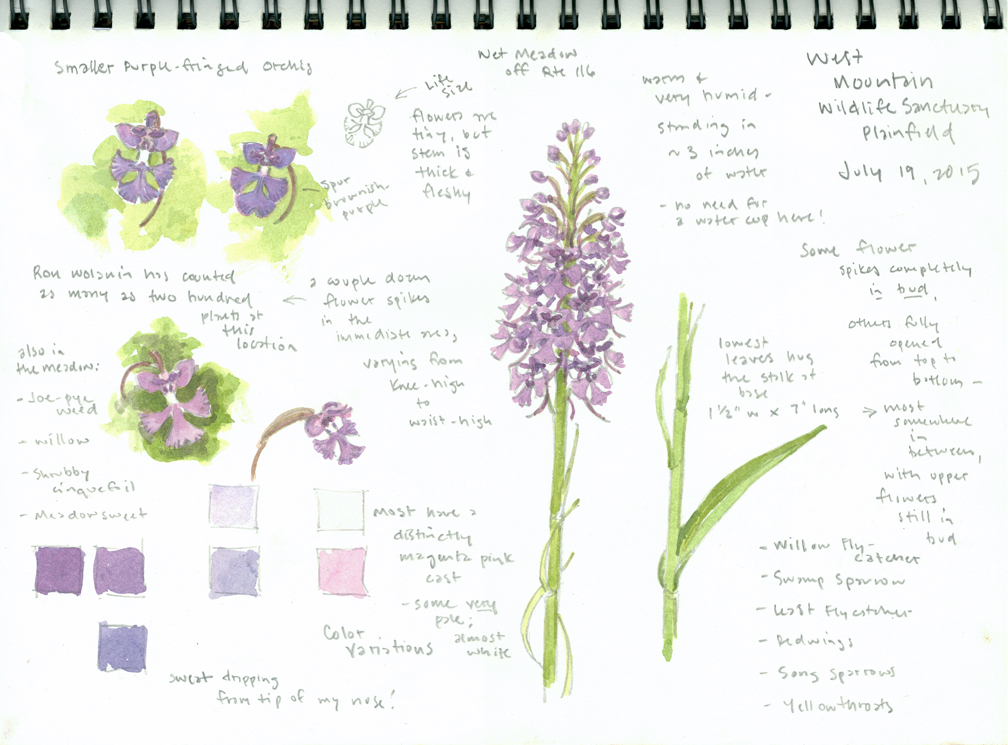
Painted Trillium at High Ledges Wildlife sanctuary.

Barry Van Dusen’s visit to Cook’s Canyon Wildlife Sanctuary, in Barre on July 11, and his painting of the Yellow blue-bead lily (Clintonia).
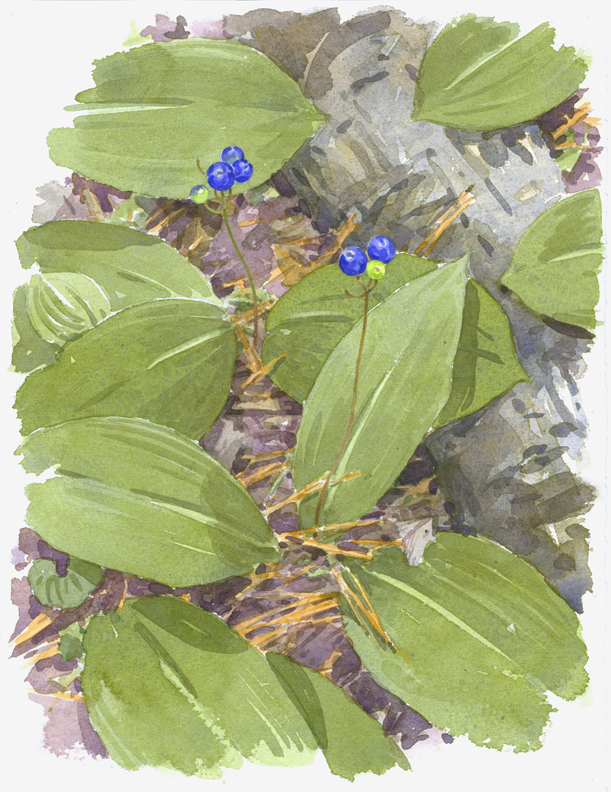
Green Frog Call
SUPPORT OUR WORK and Donate to the Museum of American Bird Art
Hi everybody, each week I (Sean Kent – MABA’s education and camp director) deliver a live online illustrated lecture called Nature Notes for the residents of Orchard Cove in Canton. I love nature and am infinitely curious with what is going on natural world. I am an educator, naturalist, accomplished landscape and wildlife photographer, and field biologist with expertise in native bee biology, species interactions, and ecology in general.


This post contains additional resources that correspond with the lecture, but might also be of interest to readers of Taking Flight in addition to the residents of Orchard Cove. Please contact me ([email protected]) if you or your organization/residence might be interested in live online illustrated lectures, including lectures on The Secret Life of Backyard Birds and Native Bees and other Pollinators. Be well and safe.


